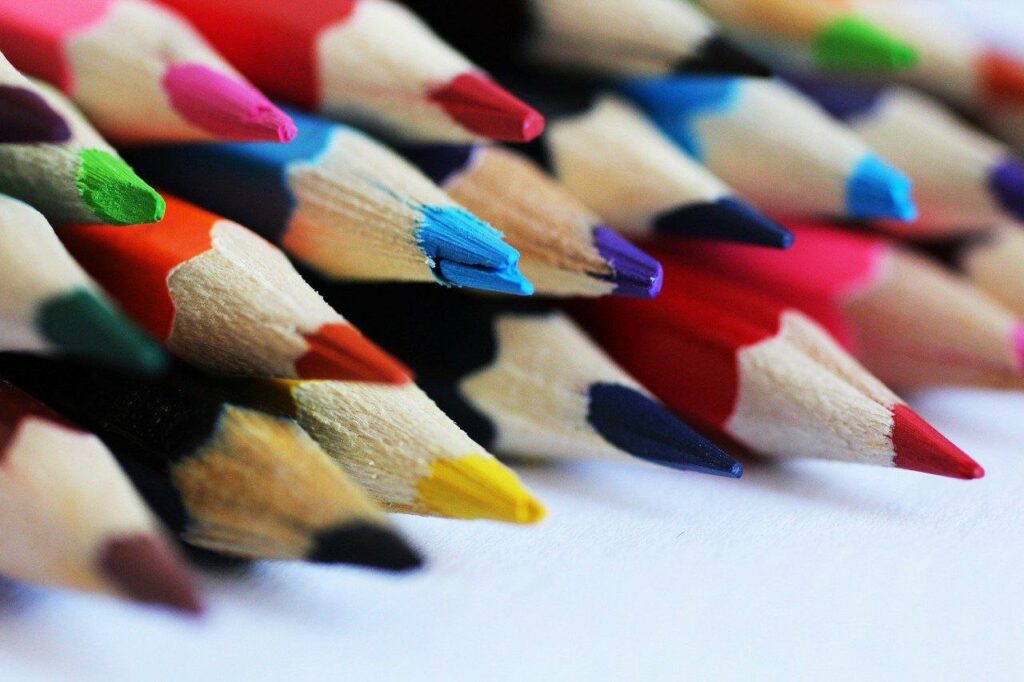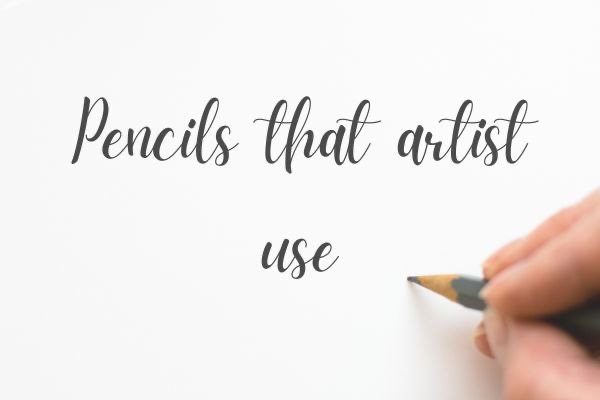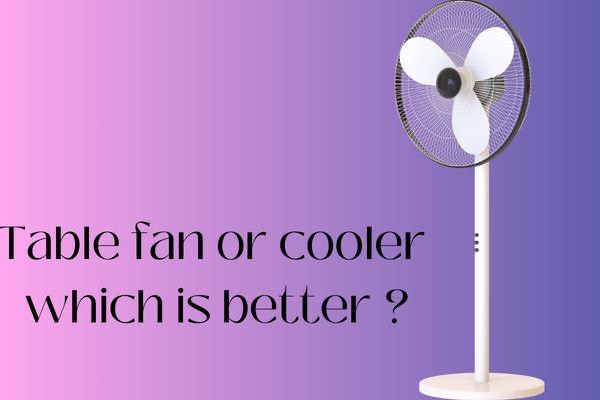Introduction of Pencils That Artist Use
Are you curious to know about pencils that artist use to bring their visions to life? This unassuming instrument holds immense power in the hands of an artist, allowing them to create intricate details, bold strokes, and captivating works of art. With such an array of options available, it’s no wonder that artists carefully consider which type suits their artistic style and preferences best! Each pencil brings its own unique qualities to the table – it’s all about finding your perfect match as an artist! Let’s explore the wonderful realm of pencils together!
Different types of pencils that artist use
When it comes to pencils that anrtist use, they have a myriad of choices at their disposal.
Graphite pencil
One of the most commonly used types is the graphite pencil, which ranges in hardness from 9H (hard) to 9B (soft). The higher the number, the darker and softer the lead. Artists often prefer harder pencils like 2H or HB for precise line work and lighter shading.
Charcol pencil
Another popular option is charcoal pencils, which are perfect for creating rich, smudgy textures and dramatic contrasts. These pencils come in various degrees of softness, allowing artists to achieve different effects depending on their preference.
Coloured pencil
For those seeking vibrant colors, coloured pencils are a fantastic choice. With a wide range of hues available, artists can create stunning illustrations with just a flick of their wrist.

Watercolour pencil
If you’re looking for something versatile that combines both graphite and color capabilities, watercolor pencils might be your new best friend. These magical tools can be used dry like regular colored pencils or transformed into beautiful washes using water.
Mechanical pencil
We have mechanical pencils – beloved by many artists for their consistent line widths and ease of use. These handy tools eliminate the need for constant sharpening and offer precision control over linework.
Why do artists hold pencils differently?
It’s a question that many people may ponder when observing artists at work. The truth is, there isn’t one definitive answer. Artists have their own unique ways of holding a pencil based on personal preference and what feels most comfortable to them.
- Some artists may hold the pencil closer to the tip, allowing for more control and precision in their strokes.
Others may grip it further up towards the middle or even near the eraser end, giving them a looser and more expressive style.
There are also those who hold the pencil at an angle rather than straight on, which can create different effects depending on how they apply pressure.
The way an artist holds their pencil can also be influenced by other factors such as the type of art they create or the tools they use. For example, someone working with charcoal or graphite powder might hold their pencil differently compared to someone using coloured pencils or markers.
How an artist holds their pencil is a personal choice that allows them to translate their vision onto paper in their own unique way. So next time you see an artist holding a pencil in what seems like an unconventional manner, remember that creativity knows no bounds!
What is the difference between 2B,4B and 6B pencil
When it comes to choosing the right pencil for drawing, understanding the differences between various graphite grades is essential. One common question that arises is what sets apart 2B, 4B, and 6B pencils? Let’s dive into it!
The “B” in these pencils stands for blackness or softness. The higher the number before the B, the softer and darker the pencil lead will be.
2B pencil will be slightly harder and lighter than a 4B pencil, while a 6B pencil will be even softer and darker.
4B pencil produces darker lines with less effort due to its increased softness. Artists often prefer this grade for shading or adding depth to their drawings.
If you want an even softer lead that creates rich dark tones effortlessly, opt for a 6B pencil. This grade is ideal for creating bold shadows or emphasising contrast in your artwork.
Choosing between these graphite grades depends on personal preference and artistic style. Experimentation with different pencils can help you find what works best for your unique needs as an artist!
How do I choose pencil for drawing
When it comes to choosing the right pencil for your drawing, there are a few factors to consider. The first is the hardness of the graphite, which is indicated by a number and letter combination such as 2B or 4H. The higher the number, the harder the lead and vice versa.
Another consideration is how comfortable you are with different sizes and shapes of pencils. Some artists prefer traditional wooden pencils while others may opt for mechanical ones that allow for more control over line thickness.
Choosing the right pencil for drawing depends on your personal preferences and artistic style. It’s all about experimenting with different options until you find what works best for you!
What kind of pencil is best for life drawing
When it comes to life drawing, choosing the right pencil can make a significant difference in capturing the essence and energy of your subject. While personal preference plays a role, there are certain types of pencils that are commonly favored by artists for this particular art form.
One popular choice for life drawing is the graphite pencil. Graphite pencils come in various grades, ranging from 9H (hard) to 9B (soft). The softer pencils, such as 4B or 6B, are often preferred because they allow for darker and bolder lines that can bring depth and dimension to your sketches.
Another option worth considering is the charcoal pencil. Charcoal provides a rich black tone with excellent smudging capabilities, allowing you to create atmospheric effects and subtle shading in your life drawings. It also offers versatility in line quality, making it ideal for capturing both delicate details and bold gestures.
For artists looking for even more control over their marks, mechanical pencils can be a great choice. These pencils feature replaceable leads of varying thicknesses, enabling precise lines and fine detailing without constant sharpening interruptions.
The best pencil for life drawing depends on your personal style and preferences. Experiment with different types of pencils to find what works best for you. Remember that practice makes perfect – so keep sketching away!
Frequently asked questions
Q1. What is the number 1 pencil equivalent to ?
Ans. The number 1 pencil is equivalent to a standard HB pencil with medium lead hardness. It is often used for general writing and sketching purposes.
Q2. What pencil did Leonardo de vinci use ?
Ans. Leonardo da Vinci is known to have used a combination of drawing tools, including silverpoint, charcoal, and pen and ink. However, he also extensively used a particular type of stylus called a “silverpoint pencil,” which uses a silver wire as its core for drawing delicate lines.
Q3. Is Feber castell better than Dervent ?
Ans. Both Faber-Castell and Derwent are reputable and popular brands in the world of art supplies, each offering their unique qualities and strengths. Ultimately, the preference between the two depends on individual artistic needs, style, and personal preferences.
Q4. What is the difference between Hb and B lead ?
Ans. The main difference between HB and B leads is the hardness. HB leads are in the middle range, offering a balance between lightness and darkness, while B leads are softer and therefore produce darker and smoother lines.
Conclusion
Finding the right pencil(s) as an artist involves considering factors such as grade range requirements based on desired effects along with personal preferences regarding brand reputation or budgetary constraints etc.. Experimentation plays a vital role here too! So go ahead – try out different pencils, brands and techniques to discover your own unique style. Remember, the journey.
Liked above post ! Read more



